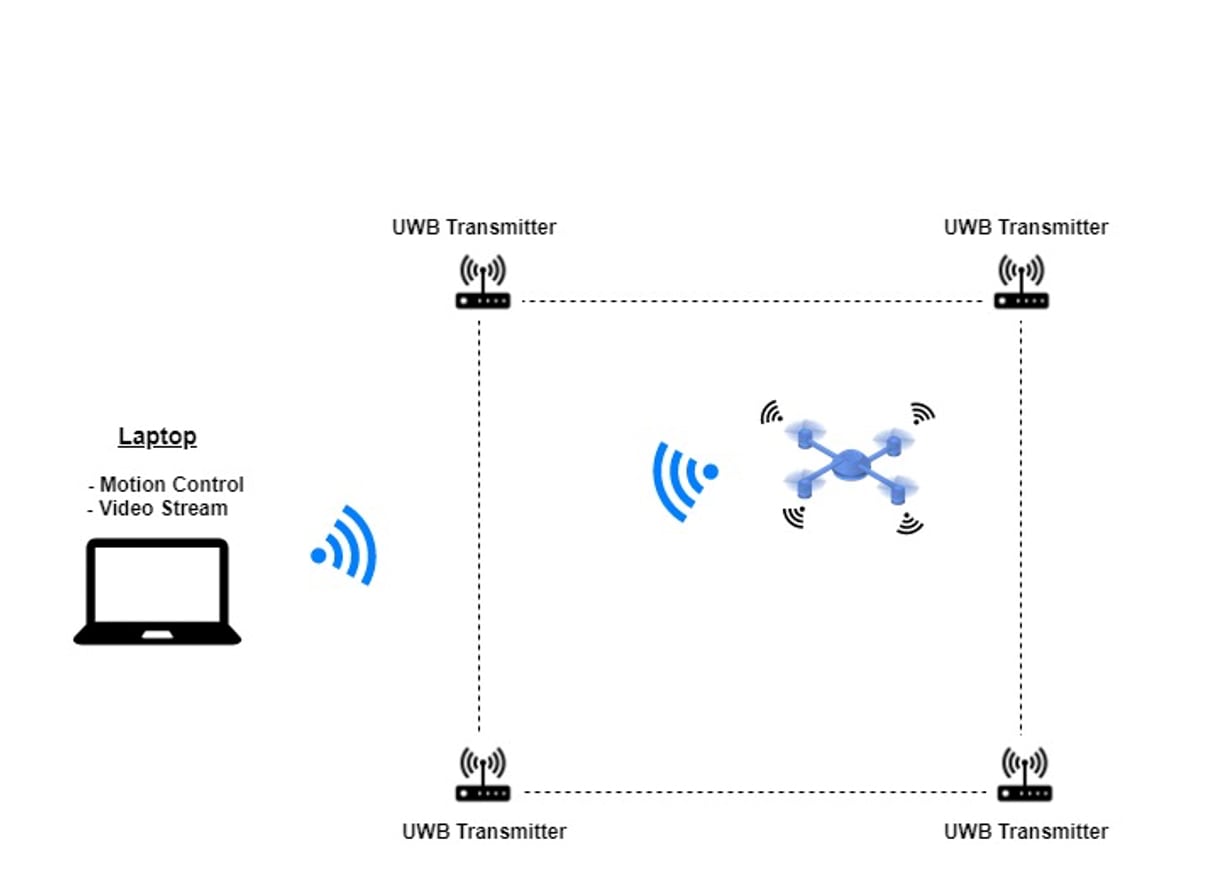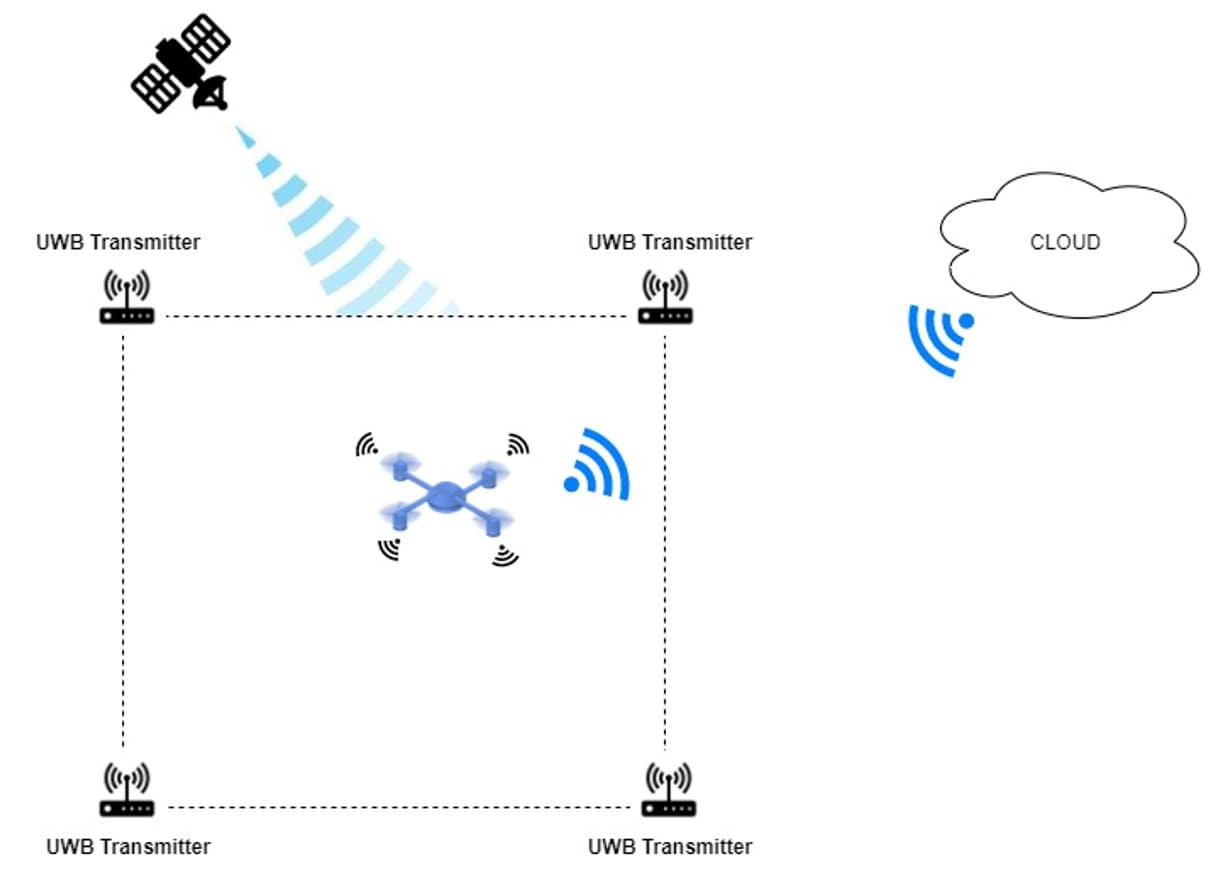,allowExpansion)
The next generation of drones in logistics
Autonomous Reply uses position determination, path planning and object recognition to help reduce expenses in the logistics sector
Ressource-intensive inventories
Reference date, permanent and deferred inventory: In intralogistics, keeping track of inventory levels is a central issue – both for smooth supply chain processes and for annual balance sheets. For this, physical goods in large warehouses have to be counted regularly. In addition to organisational efforts, this often also means heavily tied up human resources.
From automated to autonomous
In the course of digitalisation, inventory drones are one way to reduce effort. This can be done in different levels of automation. In the first step, Autonomous Reply is developing automated drones for warehouse logistics in companies that can take over parts of the process without human intervention. In a second step, the drones are enabled to move autonomously, so that larger work steps become possible without manual assistance.
For this purpose, small, lightweight flying drones are used to guarantee the greatest possible safety for employees and goods.
The automated drone
In the first step, Autonomous Reply enables the drone to self-orientate in the room, to plan its path automatically and to recognise objects automatically via computer vision. After an initial trigger, the flying robot rises into the air, recognises its own position and moves to a predefined target in space.
Positioning is possible by means of ultra-wideband (UWB). Within at least three transmitting units placed in space, the drone determines its own location by triangulating the time-of-flight measurement of the transmitted signals. In addition, the position data calculated using the UWB is fused with the drone's internal movement data, making the positioning even more accurate and robust.
To get to the destination, Autonomous Reply enables the drone to automatically fly along certain waypoints. This can be transmitted to the drone as 3D point information. In addition to the target coordinates, the maximum speed and the orientation of the drone on the way to the next point can also be specified.
Via the built-in camera, the drone is able to recognise objects. This enables the drone to scan QR codes on the products and to assign them to specific shelf compartments. The codes also serve as a further position support for the localisation module.
The autonomous drone
In a future step, Autonomous Reply will expand the autonomous properties of the drones. In particular, object recognition using neural networks is being further developed, which includes, among other things, a connection to the cloud and data processing at the edge. The goal is, among other things, to completely map the inventory process using autonomous drones.
Step 1: The automated drone

Step 2: The autonomous drone

The business benefits
Through the use of autonomous drones, the inventory process in warehouse logistics can be managed with significantly less personnel effort. Furthermore, it facilitates organisation – no additional funds are needed for goods in elevated positions and the time required is also significantly reduced.

Within the Reply Group, Autonomous Reply is the specialised company for the software and system integration of autonomous things. The experts advise companies in the industrial, automotive and new mobility sectors from the sensor to the infrastructure. The portfolio includes holistic solutions across the entire value chain – from strategy definition and advice on application possibilities to design and implementation. The offer includes edge computing, embedded software, cloud services and integration into different eco-systems. State-of-the-art technologies and methods from the fields of deep learning, machine learning and computer vision are used.